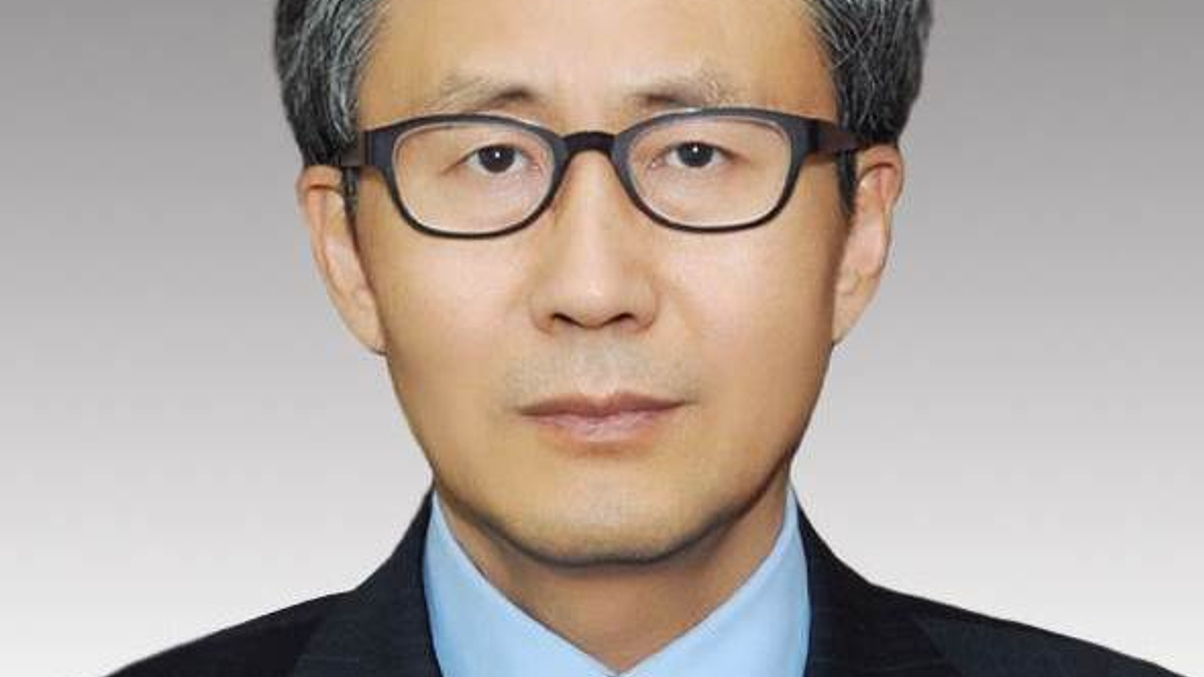KTCU turning from stocks to alternatives
The fast-growing $22.5 billion Korean Teachers' Credit Union posted strong returns last year as it minimised exposure to stocks and added alternative assets. That trend is continuing.

The Korean Teachers’ Credit Union intends to mitigate volatility in its W26.7 trillion ($22.5 billion) portfolio by allocating more to alternative assets, its chief investment officer Kang Sungseog told AsianInvestor.
Sign in to read on!
Registered users get 2 free articles in 30 days.
Subscribers have full unlimited access to AsianInvestor
Not signed up? New users get 2 free articles per month, plus a 7-day unlimited free trial.
¬ Haymarket Media Limited. All rights reserved.


